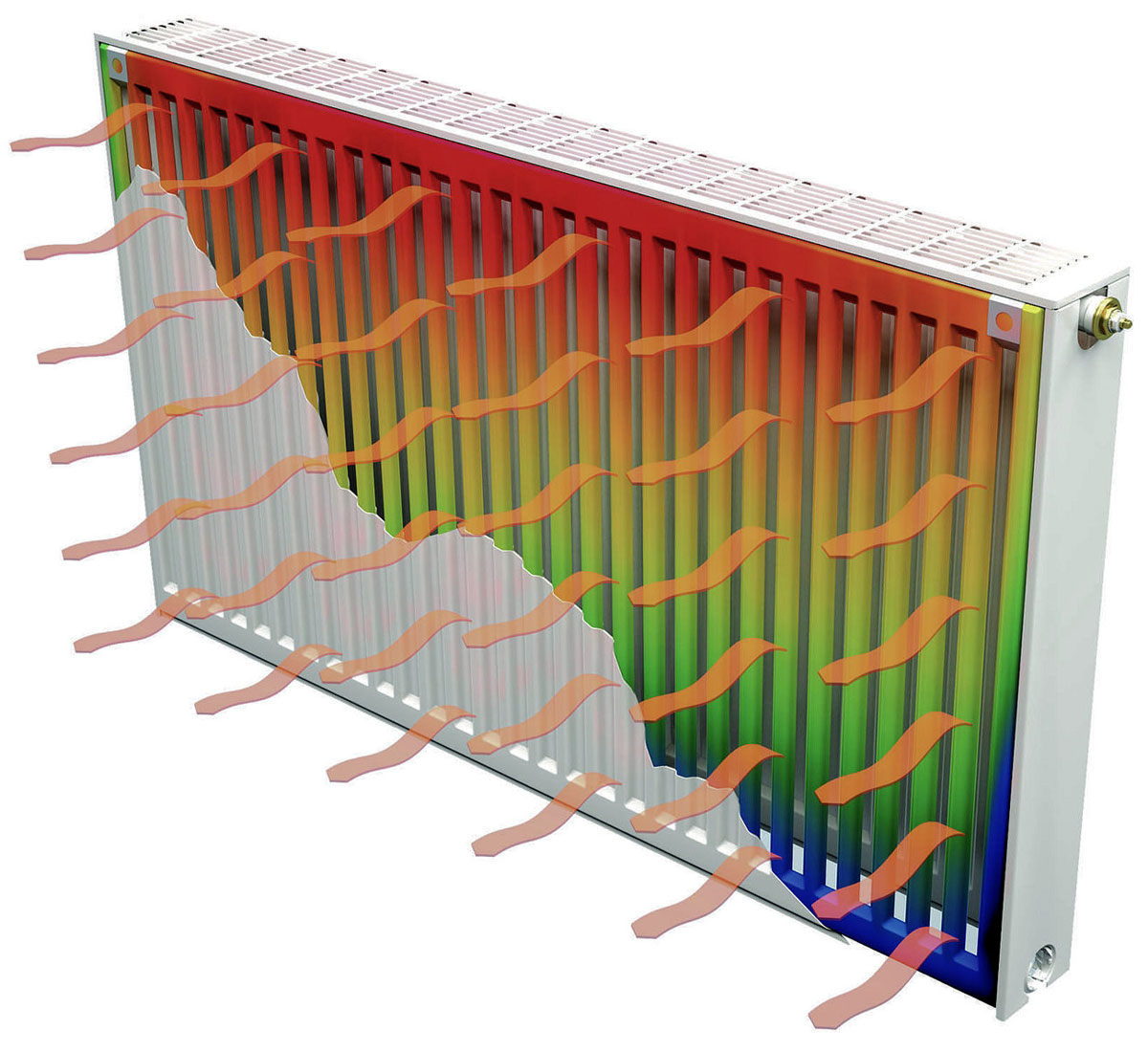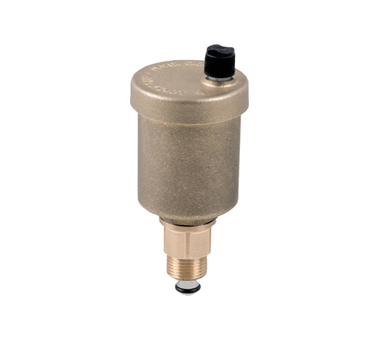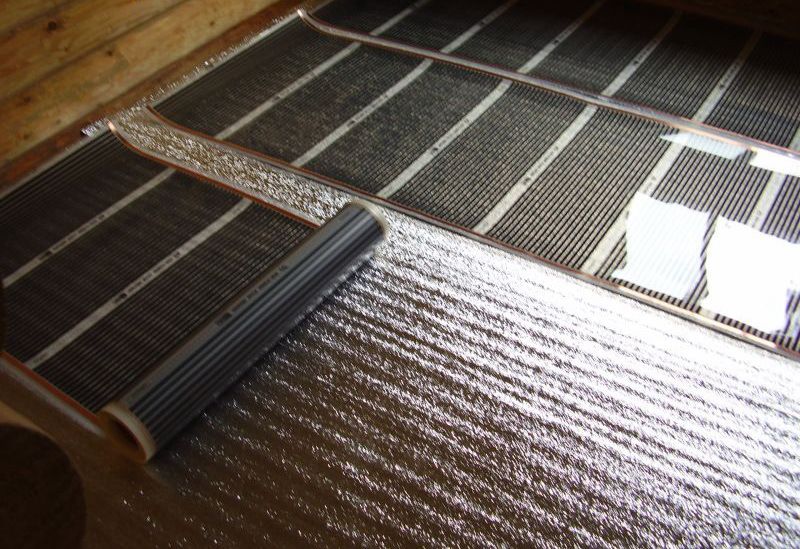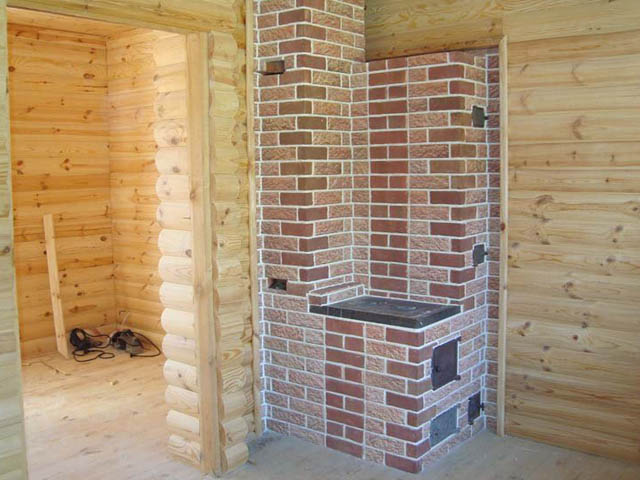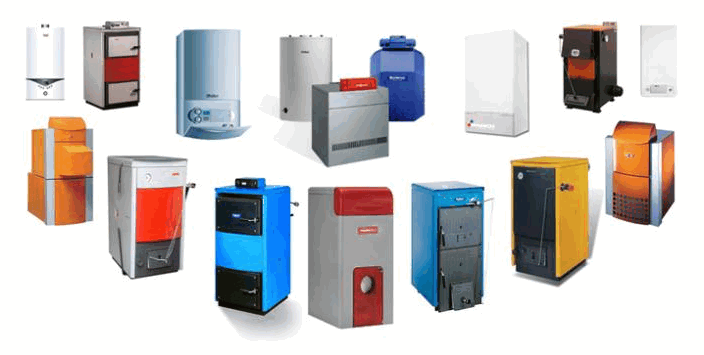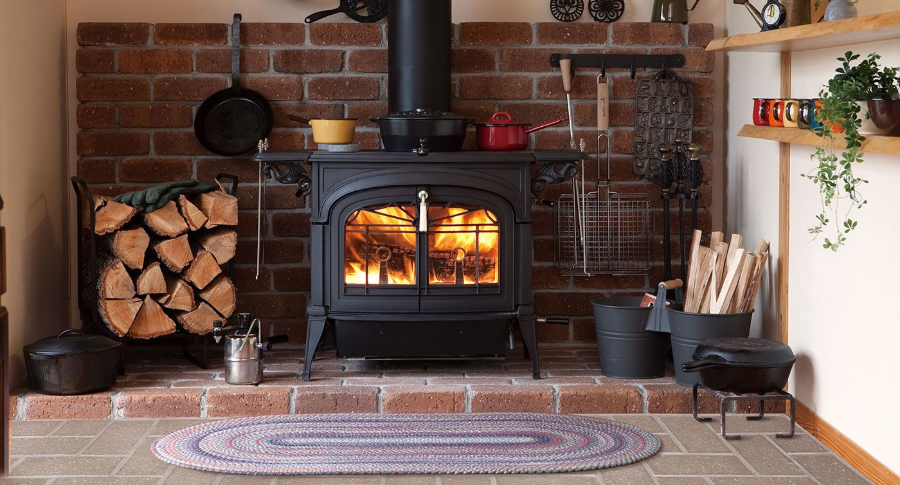An electrical installation for heating a liquid belongs to a simple and reliable equipment and can serve for a long time. But sometimes it happens that hot water does not flow from the boiler or the power of its flow is noticeably reduced. This indicates malfunctions that could occur in the water heater itself or in the elements of the supply or distribution system. By checking each node, you can identify the reason for the incorrect operation of the device.
- How an electric boiler works and functions
- Water does not pass through the boiler: reasons
- Water retention in the filter
- Check valve malfunction
- Incorrect operation of the pressure reducer
- Limescale inside the tank
- Clogged pipe channels
- Faulty input and output valves
- Mixer clogged
- Troubleshooting
- Water heating installation maintenance
How an electric boiler works and functions
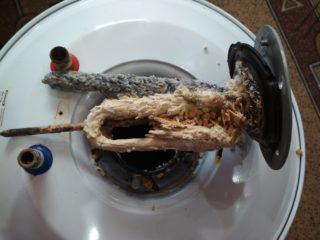
The device of a water heater is similar to a thermos - in it the water tank is shielded from the environment by a layer of thermal insulation. This allows you to retain heat for a long time, even if the device is currently turned off. The main components that make up the heating unit:
- The base or body is the outer part of the device, on which there are mounting devices for fixing to the wall, and the filling is hidden inside.
- The tank for the coolant is made of metal, has a titanium or other anti-corrosion coating, inside there are elements for supplying, withdrawing fluid and the electric boiler itself.
- The supply and intake connections are threaded.
- Heat insulator - a polymer material between the body and the water tank, designed to reduce the heat transfer of the latter.
- Heating element - electric heating element of dry or wet type, designed for different power depending on the volume of the tank.
- Heating control system - a circuit with a thermostat and a regulator, necessary for setting the boiler operation mode.
- Protective magnesium anode.
- Safety valve - relieves pressure in the tank when the water overheats and boils.
- Temperature and operating modes indicator.
An electric boiler is an apparatus that is included in a continuous flow circulation system. The liquid enters the tank through the supply pipe at the bottom of the tank. The intake of the heated coolant comes from the upper part of the flask.
An electric heating element heats the water until it is turned off by a thermostat set to a certain temperature. As a result of the selection of the hot liquid, the residue is mixed with the cold inflow, the heating element is again turned on for heating. This process is ongoing.
Water does not pass through the boiler: reasons
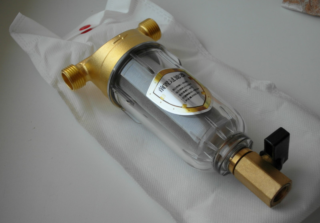
If one of the nodes through which water flows fails, this most often leads to a blockage of the flow of liquid through it. There are enough vulnerabilities in the system. If everything is in order, but there is no free flow into the internal barrel, it will also not be possible to take away the coolant - hot water is drawn from the top.
Water retention in the filter
Inlet filters are installed in front of each critical system in order to purify water from coarse inclusions. Their working body consists of a stainless mesh. Depending on the purity of the source, filters are more or less contaminated.In some cases, when the liquid contains an increased metal content, there is a possibility of complete clogging of the mesh cylinder cells and disruption of its functioning.
It is not difficult to check the filter - access to the compartment with the mesh is located under a special nut on the side.
Check valve malfunction
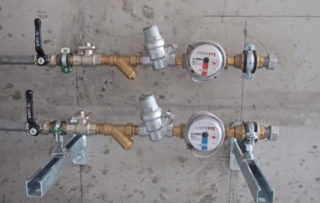
Any check valve has a movable element on the stem. This rod moves in the forward direction under the action of the pressure of the coolant and back under the action of the spring.
The weak point of the design is the guide hole where the stem goes. If the water heater has not been used for a long time, and there are salt deposits in the water, they can settle on the stem, block its movement, which makes it impossible to open the valve. As a result, water does not come from the boiler.
Incorrect operation of the pressure reducer
When the head of the central water supply flow exceeds the permissible operating pressure for which household equipment is designed, reduce reducers are installed. These elements are equipped with a globe valve. The clearances between the valve piston and the port are very small, which contributes to quick clogging and increases the risk of clogging.
Coarse and fine filters must be installed in front of the gearboxes.
Limescale inside the tank
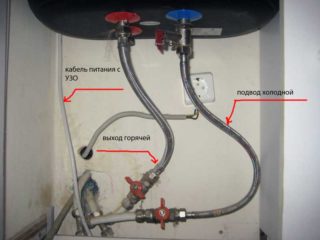
Low-quality electric boilers and an aggressive composition of the coolant can cause scale and rust to form inside the tank. Gradually settling at the bottom, the latter can completely block the opening of the inlet pipe. The lack of water flow automatically makes it impossible to take it out of the outlet pipe.
If the water is known to be hard, the choice of boiler operation, in which there is no possibility of bringing the coolant to very high temperatures, will help to avoid the formation of scale.
Clogged pipe channels
The pipes supplying water to the electric boiler, especially flexible hoses, have a small channel cross-section. This can also cause clogging. Most of all, one should expect a disruption in the functioning of the hotline, since due to the temperature, scale is intensively deposited on the inner walls. The intake pipe inside the flask goes into this risk zone.
Faulty input and output valves
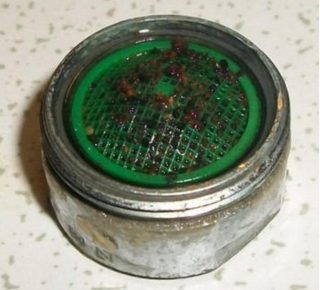
For the convenience of carrying out repair work or maintenance of the water heater, shut-off valves can be installed at its inlet and outlet. These are usually ball, butterfly or butterfly valves. All of these devices have moving mechanical parts that can fail. For example, when a ball valve is closed, the control stem may burst. Visually, the valve is open, although in fact the opposite is true, so the boiler will not draw water.
In engineering networks, it is better not to save on components and use high-quality shut-off valves.
Mixer clogged
The reason for the slow flow of hot water or its complete absence may be the mesh on the mixer tap, if it is made of low-quality metal and is oxidized or clogged with rust and scale particles. The mesh can be easily removed by unscrewing the nut at the top of the tap.
Troubleshooting
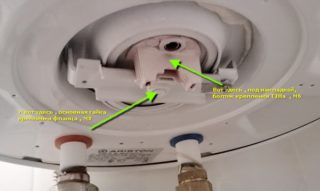
You can determine why water does not come from the electric boiler, and you can solve the problem as follows:
- Check the coarse filter by unscrewing the side nut, removing the mesh cylinder and visual inspection. The contaminated element is cleaned with a stiff brush and washed under running water.
- The check valve is removed and blown in the direction of the fluid flow. If it is impossible to blow through it, then it is jammed and needs to be replaced with a new one.
- At the pressure reducer, unscrew and screw in the adjusting screw and watch how the flow at its outlet changes. In the absence of any changes, the element is removed, disassembled and cleaned, if it does not help, replaced with a new one.
- The mesh on the mixer is cleaned with a brush or a new repair kit is installed.
- The scale inside the tank can be removed by removing the protective cap and unscrewing the flange at the bottom of the heater.
All work related to the depressurization of the electric boiler and access to its internal parts must be carried out after the unit is de-energized.
Water heating installation maintenance
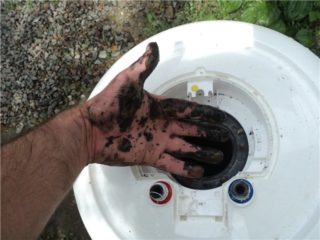
The boiler will serve well and for a long time if it is cleaned at least once every two years.
- Descaling the inner walls. Deposits on the inside of the housing contribute to the appearance of corrosion formations, which in turn can lead to holes and the unsuitability of the unit for further operation.
- Cleaning the heating element from salt scale. A large layer of foreign formation on the metal hinders thermal conductivity and contributes to mechanical damage to the tube.
- Replacing the magnesium anode.
To carry out any operations for servicing the water heater, it is better to contact a specialized service, you can do the work yourself, having some experience in handling such equipment.

